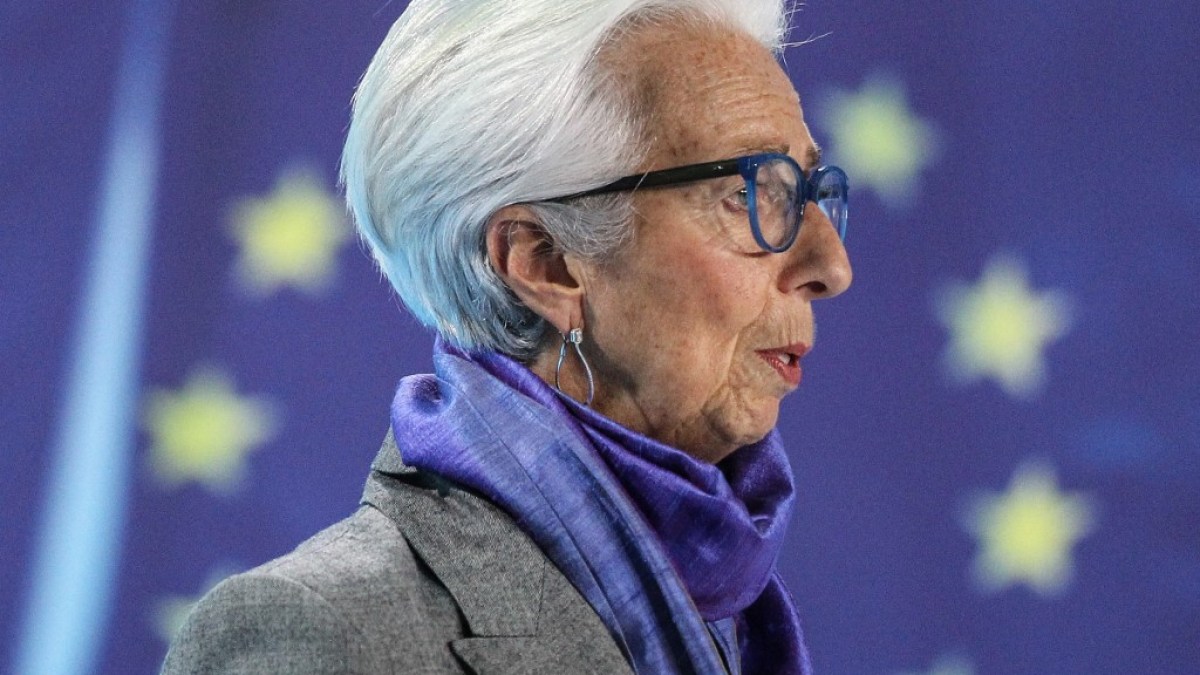Turkey Plans Water Export to Gulf States
Dogan said providing Turkish water to the Gulf Arab countries was first thought of as part of the late Turkish President Ozal’s “water for peace” project.
It envisaged a water pipeline from Turkey to the Gulf, but the project was shelved because of the unstable nature of much of the territory it was going to traverse.
“We continue to consider the vision viable and the project feasible,” the ambassador said. International financing could come from several investment banks, he added.
“Turkey has always said it will provide water to interested countries in the arid Middle East,” Dogan said.
“Ankara believes that by contributing to the solution of the water shortage in the Middle East, it will also have contributed to the peace and stability in the region,” he said.
Turkey’s main concern was not profit, but co-operation with a brotherly country.
Most Turkish rivers, including the Manavgat, Seyhan and Ceyhan rivers, have the potential to supply enormous quantities of water to water-poor neighbors like the Kingdom and Yemen.
Turkey has already set up purification and filling facilities on the Manavgat River, each with a capacity of 250,000 cubic meters a day with total capacity exceeding 180 million cubic meters
The Gulf countries themselves are looking at similar projects in a renewed bid to ensure availability of water. Arab countries, which represent more than 10.3 percent of the world’s surface area and 4.5 percent of its population, have only 0.4 percent of recoverable global water resources and two percent of the world’s rainfall.
Eighty-eight percent of water consumed in the Arab world comes from outside it.
Moreover, countries like Saudi Arabia have seen their position worsen. The Kingdom faces a 10 percent annual growth in demand for water but has seen its per capita renewable water resources fall from 537 cubic meters to a mere 156 cubic meters annually.
Instead of confronting the problems head-on, GCC states including the Kingdom have sought to buy their way out of trouble by investing billions of dollars in desalination, which is not a viable long-term option annually.



